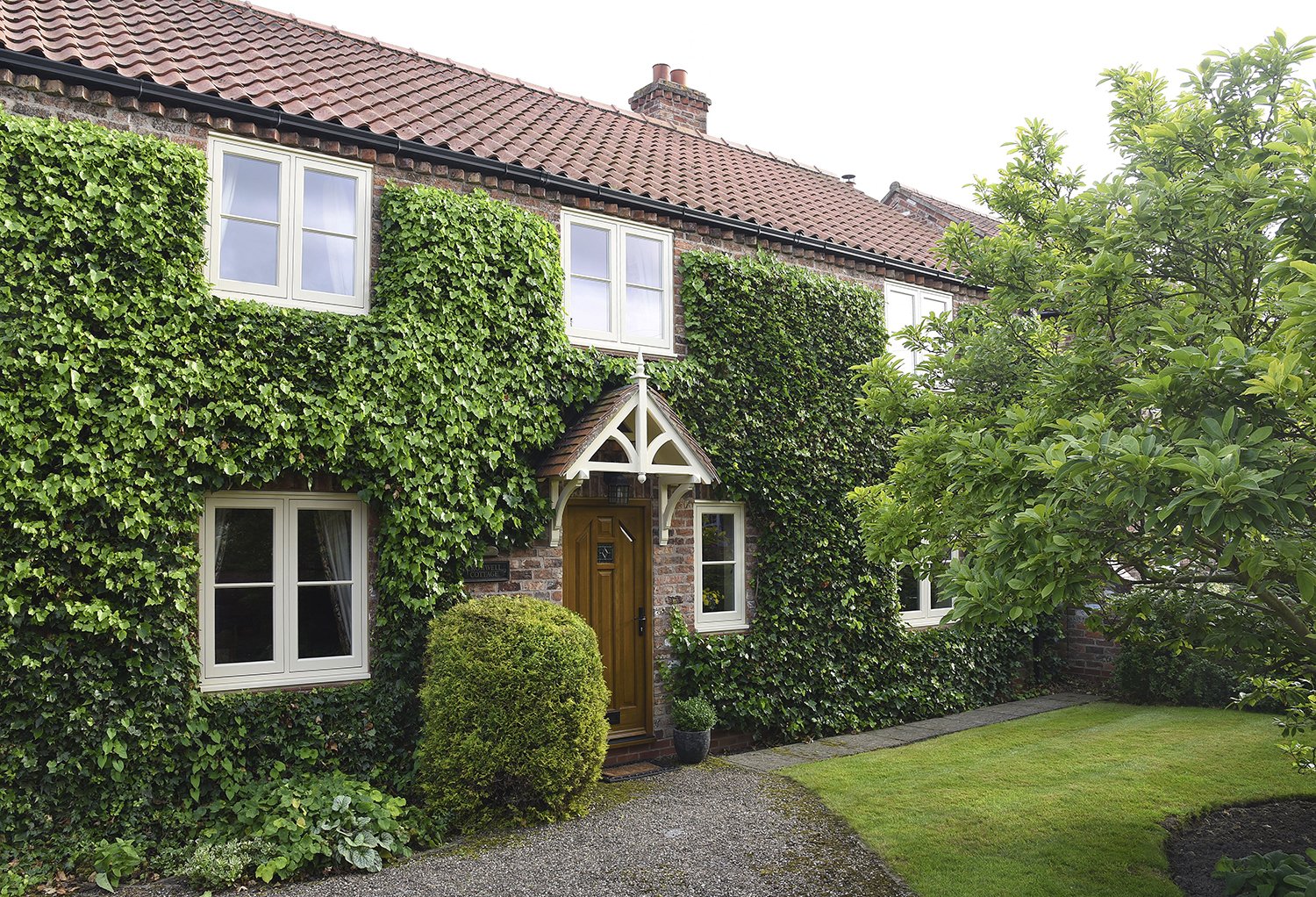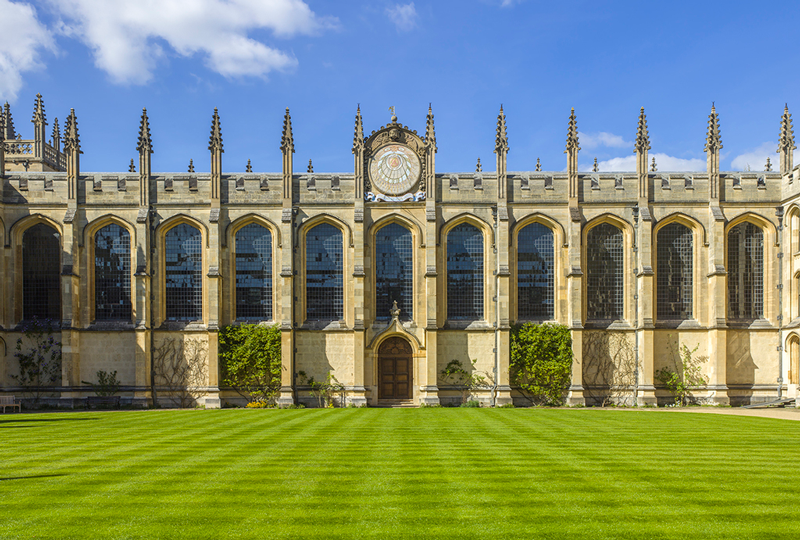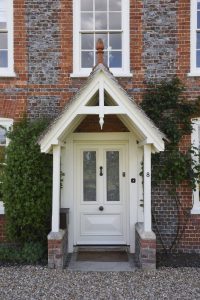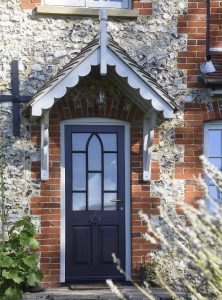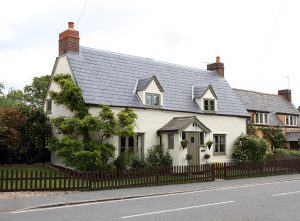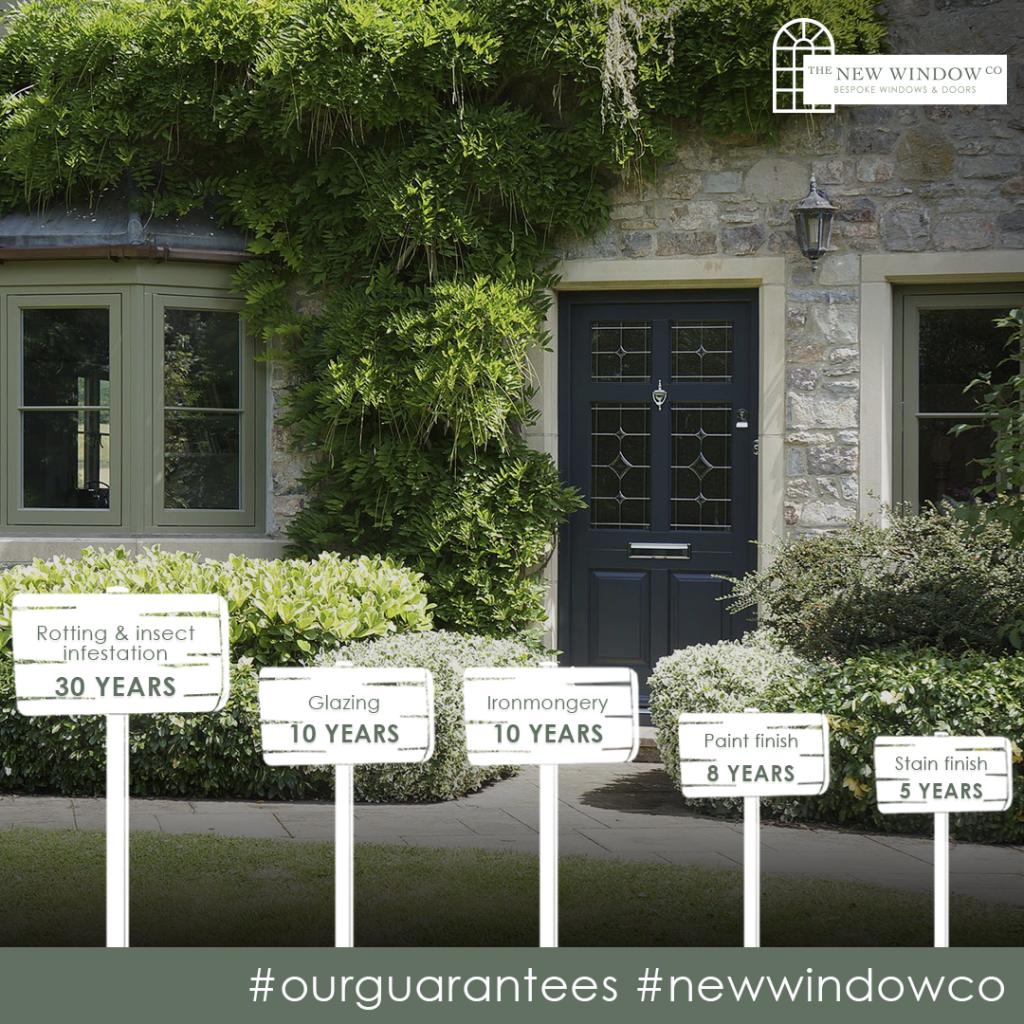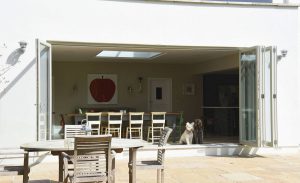What a difference a door makes.
You are safe, sound and warm behind classical timber doors.
With winter about to officially close in, now is the time to think about changing your doors.
The oldest doors in the world were made of timber and they are still there and working today. You can see on many of our finest heritage buildings, be they churches, colleges or other fine institutional facilities how magnificent the doors look because in the main, our heritage is protected; either in public ownership or private trust, and are kept up to date with good regular maintenance.
Fenestration Industry in recent history
1960s-80s
This is a far cry from the cheap doors brought in from the far east to fund an explosion in private house ownership in the 1960’s through to the very recent times.
For those that could, and still can buy their local authority house in which they live (at a discount), first invest in new doors and windows.
The market research carried out by the British Wood Working Federation in the late 1970’s when Taiwanese imports were at their highest, showed that in the UK the price elasticity and resistance from consumers to invest in new front doors petered out at about £50 whereas in West Germany at the same time this was in the region of £3000.
“What a difference a door makes” campaign
This prompted at the time an Industry funded promotional campaign aimed at the consumer to sell timber doors made in the UK named “What a difference a Door makes”. This was very successful and whilst we didn’t see off the imports completely, we did educate the consumer who gradually increased their willingness to spend more on their new front doors. Timber entrance door production in the UK increased because of this and peaked at volumes close to 3 million units and manufacturers values of £400m by 1986.
1990s – Present Day
Since then however we have had the explosion of the plastic revolution and consumer sales campaigns selling the double-glazed value in Fenestration along with very low-priced door options with classic look alike vac formed flat panels. This wiped out the huge market share that timber enjoyed to the extent that in windows nearly 80% was lost to the plastic products by the beginning of 2000. Timber doors held a higher market share in this move as it was and is always felt that a solid timber door does provide good security and is generally more efficient at keeping the prevailing elements at bay.
The rise of the composite door
But change is almost always guaranteed, and we have seen the rise of composite door constructions where modern materials have been used to make up the door core which has been covered in faces made up of thermal plastic, GRP and or wood fibre-based boards. These products have performed and have made huge inroads into the entrance door market and now probably account for more than half of the UK demand which is now measured at some £600m and growing at more than 5% pa.
Security has been provided by the strength of the door core and the combination and use of decent ironmongery with espagnolette systems that can lock all three leading edges using shoot bolts or hooks with a central controlling arm handle.
A national standard for security has existed along with test methodology to BS7950 which values security, thermal efficiency with u value calculus, and weather resistance to regional degrees of exposure. A police recommended standard and marketing tool for the private housebuilding Industry “Secured by Design” has prevailed for more than 30 years and is asked for frequently by designers and Architects when dealing with new developments.
Greater security requirements
In 2017 however a new requirement under the building regulations was introduced and is now in force Part Q which demands even greater security standards for external fenestration products.
Current market research suggests that the major driving force for consumers when purchasing new doors and windows is security and energy conservation, but also adding beauty and real value to the house.
It is little wonder then that the Timber Door complete with all the appropriate ironmongery and factory assembled and finished is now leading the way again to dominate the choice for new door designs and mechanics that more than satisfy todays demanding new standards.
Timber is the most versatile of all materials and can be easily finished with modern waterborne paints or stains from a huge range of colours and wood stains. These modern finishes now come with lifetime warranties for the complete door set with maintenance a very minimum and the paint itself expected to last for up to 8 years before new decoration needed.
Products made by Timber Windows and installed by The New Window Company at Frieston Heath Caythorpe near Grantham all meet the very high standards demanded today.
Composite door cores using urea or phenolic forms are not exactly the best products to satisfy today’s demanding consumer who knows all about active carcinogens and the toxicity of chemically based products. For complete piece of mind, it is far better to use a sustainable and self-replacing material like timber to make sure that our children’s children can grow up in a safe, sound and warm environment behind modern timber windows and doors.
Modern timber engineering techniques and water borne friendly finishing treatments do make timber the material with the greenest credentials.
Timber is the material of the future.
Come and see the wide range of timber doors we have on show at our showroom and ask us any questions about why they’re the best choice for protecting your home.
Monday – Thursday 9-5 | Fridays 9-4.30 | Saturdays 9-1

